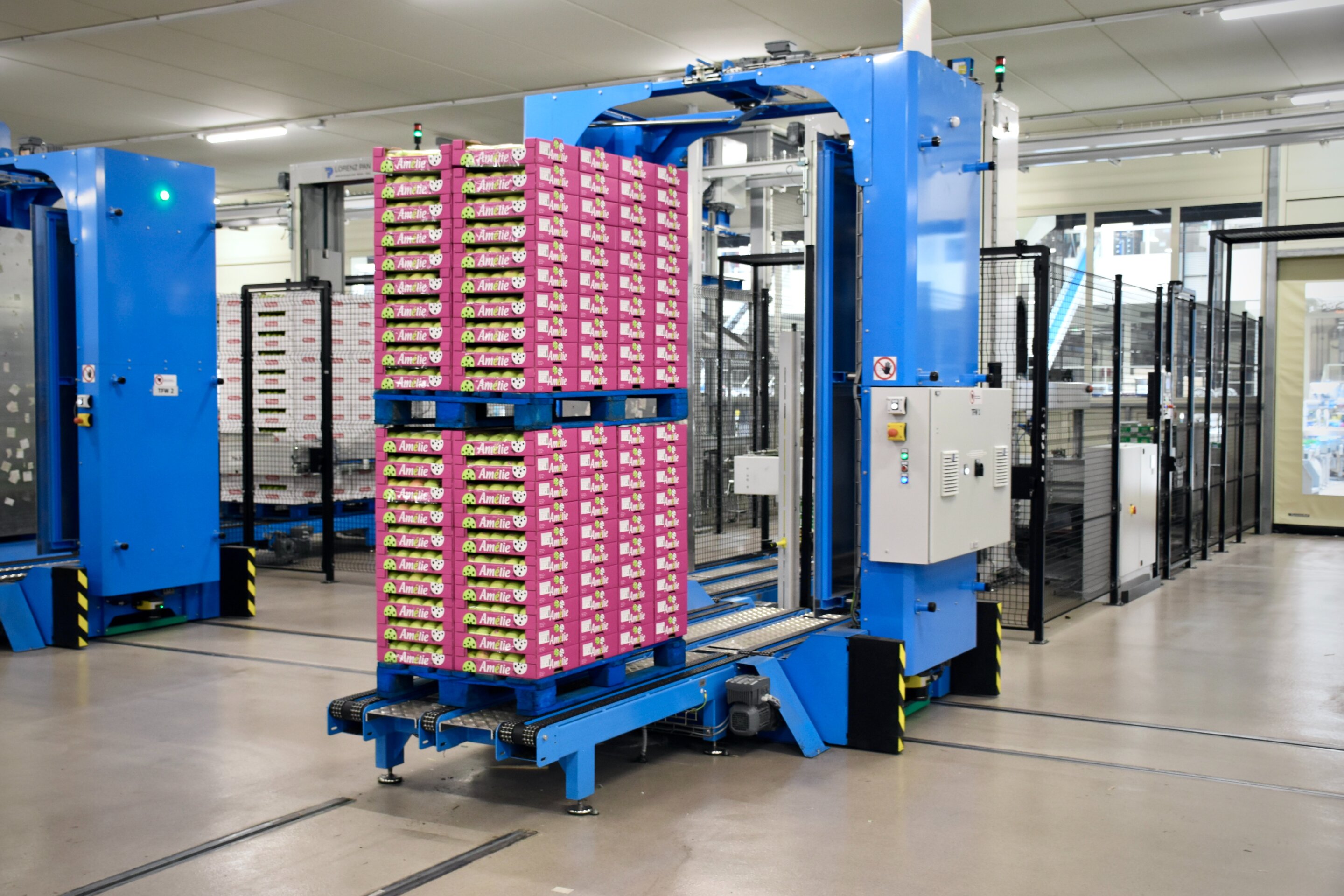Supermarket customers throughout New Zealand are becoming increasingly aware of empty shelves in the grocery aisles, and these gaps have nothing to do with the global pandemic or the Ukraine war. It is becoming evident that the domestic food supply chains in the country are facing challenges from natural disasters and the ongoing impact of climate change. Countdown, a major supermarket chain, recently warned its customers about potential food shortages due to flooding on the East Coast. We have witnessed similar shortages and significant price increases in fresh produce repeatedly. This raises the question of whether these disruptions are merely a matter of bad luck or indicative of deeper issues in the New Zealand food system. Are we more vulnerable than other countries, and if so, what does this mean for our food security?
Over the years, New Zealand has centralized its food system, increasing the risk that a regional event could have national repercussions. Nevertheless, it is not too late to diversify and enhance resilience across our food supply network.
Optimizing Resilience over Efficiency
Modern food supply chains have primarily focused on economic efficiency rather than the ability to withstand supply-side shocks. The agricultural sector has scaled up and specialized production to maximize profitability. This trend has been driven by factors such as land suitability, resulting in a concentration of large-scale processing factories in specific regions. For example, around 32% of New Zealand’s horticultural products come from the Bay of Plenty and Hawkes Bay. At the retail end, dominant supermarket chains rely on centralized distribution centers and “just in time” delivery systems to minimize costs. However, disruptions in one region can have ripple effects across the entire country. This was evident following the Christchurch earthquake, when distribution centers serving the entire South Island were damaged, requiring supermarkets to ship supplies from their North Island hubs. A recent study by the Timaru District Council found that despite South Canterbury being described as the “food bowl” of New Zealand, 95% of commercially-bought food in the district is sourced from outside the region.
Overdependence on Roads
The current supply chain model heavily relies on the uninterrupted movement of products via our transport network consisting of roads, rail, sea, and air links. However, nearly 93% of freight in New Zealand is transported solely by road, in contrast to 72% in Germany. Our topography, coupled with low population densities, means many regions are served by only one or two major roads suitable for freight trucks. Consequently, our food distribution system appears better equipped to handle imports and exports through ports and airports than the local movement of food within New Zealand. Additionally, our road networks are particularly vulnerable to climatic events and natural disasters, which puts the entire supply chain at risk.
Building Resilience in Uncertain Times
All available evidence indicates that climate change will exacerbate the challenges faced by our food system, leading to more frequent and intense weather events. Projected sea-level rise will further strain our already vulnerable farm and processing levels, as well as hinder transportation throughout the country. Regional councils are expressing their concerns, and the concept of food resilience and local food networks is gaining traction. However, what would a food system designed for resilience rather than optimization look like? Would it translate to reduced choices and higher prices, or could it address other issues such as diet and health, environmental concerns, and broader food security?
There are two possible and compatible paths forward. The first involves developing local food networks and diversifying products at both the farm and processing levels within each region. The idea of distributed manufacturing, akin to mini-factories dispersed throughout the country, has been discussed in the forestry sector but can also be explored in the food industry. Emerging technologies like vertical farming, which reduces dependence on local climate, could play a key role in local food networks. Other options, like aquaponics (raising fish and plants together) or algae production in ponds, can also enhance local food resources. Embracing the concept of “circularity” can reduce reliance on external inputs, with food waste products being transformed into both energy and fertilizer.
Alternatively, we can maintain the benefits of national-scale production while investing in reducing vulnerabilities in our transport networks. Research has shown that there are multiple benefits to reducing reliance on roads. Currently, only 6% of freight is transported by rail, but this could be increased to offer more shipping options. Coastal shipping routes also hold potential for transporting goods, beyond bulk products like fertilizer and cement. Regardless of the approach taken to address the increasing vulnerabilities in our food supply chain, we must view it as a food system rather than just a supply chain. Changes in one part are likely to have broader economic, environmental, social, and cultural impacts. Addressing our susceptibility to climate change should be part of a comprehensive strategy for the entire food system.
Article provided by The Conversation
This article is republished from The Conversation under a Creative Commons license. Read the original article.
Citation: Climate extremes make NZ’s supply chains highly vulnerable—it’s time to rethink how food is grown and shipped (2023, July 26) retrieved 26 July 2023 from https://phys.org/news/2023-07-climate-extremes-nz-chains-highly.html
This document is subject to copyright. Apart from any fair dealing for the purpose of private study or research, no part may be reproduced without the written permission. The content is provided for information purposes only.
Denial of responsibility! TechCodex is an automatic aggregator of the all world’s media. In each content, the hyperlink to the primary source is specified. All trademarks belong to their rightful owners, and all materials to their authors. For any complaint, please reach us at – [email protected]. We will take necessary action within 24 hours.

Jessica Irvine is a tech enthusiast specializing in gadgets. From smart home devices to cutting-edge electronics, Jessica explores the world of consumer tech, offering readers comprehensive reviews, hands-on experiences, and expert insights into the coolest and most innovative gadgets on the market.


